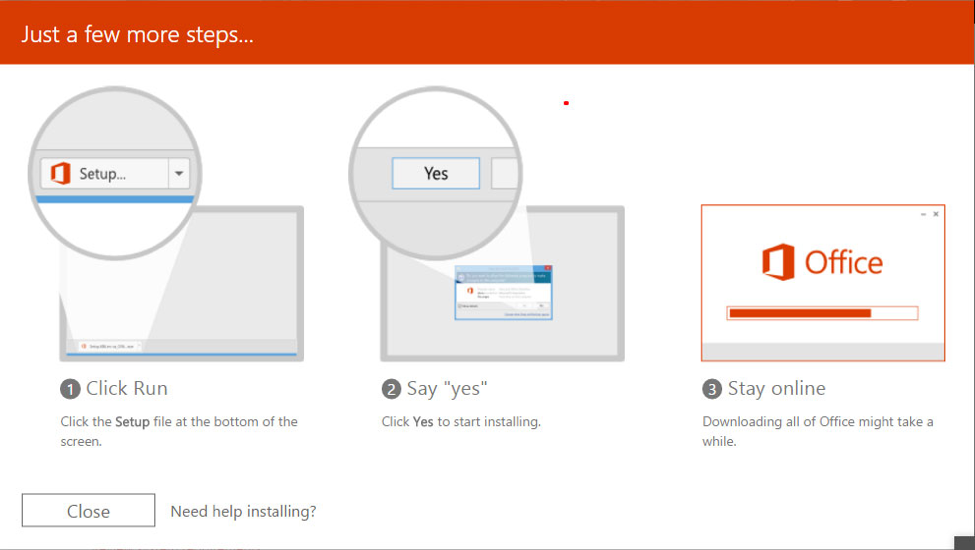
The key is to install the Virtual Box extras mentioned above which allows the VM to works seamlessly with the Linux host OS (window resizing, shared files and clipboard). Windows 10 boots up very quickly in VM, especially if you remove all bloatware and auto-login. Now this sounds like a crap solution but just try it and you might be surprised. This will give you an almost seamless experience on a decent PC. Make sure you install the VirtualBox Extension Pack on host and Guest Additions within VM to allow seamless resizing, drag and drop files and shared clipboard with host. I pass through my audio and microphone to the VM.

This is also how I use MS office 2016 on Linux.Īll I do is use VirtualBox to create a Windows 10 VM with a little bit of RAM and 2 CPUs and install Skype4B + Office on it and Outlook online to get emails, calendar and links to Skype4B meetings. OK so this is a work-around but it works surprisingly well for me as I very rarely need to share my Linux host screen, or if I do, then its just a MS Office doc which is easy to share within VM. For a long time I have used the method below to run MS software.But some corporations could be over a decade slow in upgrading (many still use Lync 2007!). Good news is that MS is replacing Skype4B with MS Teams which has a web and native Linux binary already.The other nail in the coffin is that MS will reportedly discontinue Skype4B support in mid 2021.Skype4B was always just a renamed version of the very old Microsoft Lync software which works totally differently to Skype regular (which was originally a separate company later purchased by MS).The software is "Skype" by brand name only, and has nothing to do with regular Skype which already works on Linux.


Here is my latest advice about running Skype4B aka Lync on Linux:


 0 kommentar(er)
0 kommentar(er)
